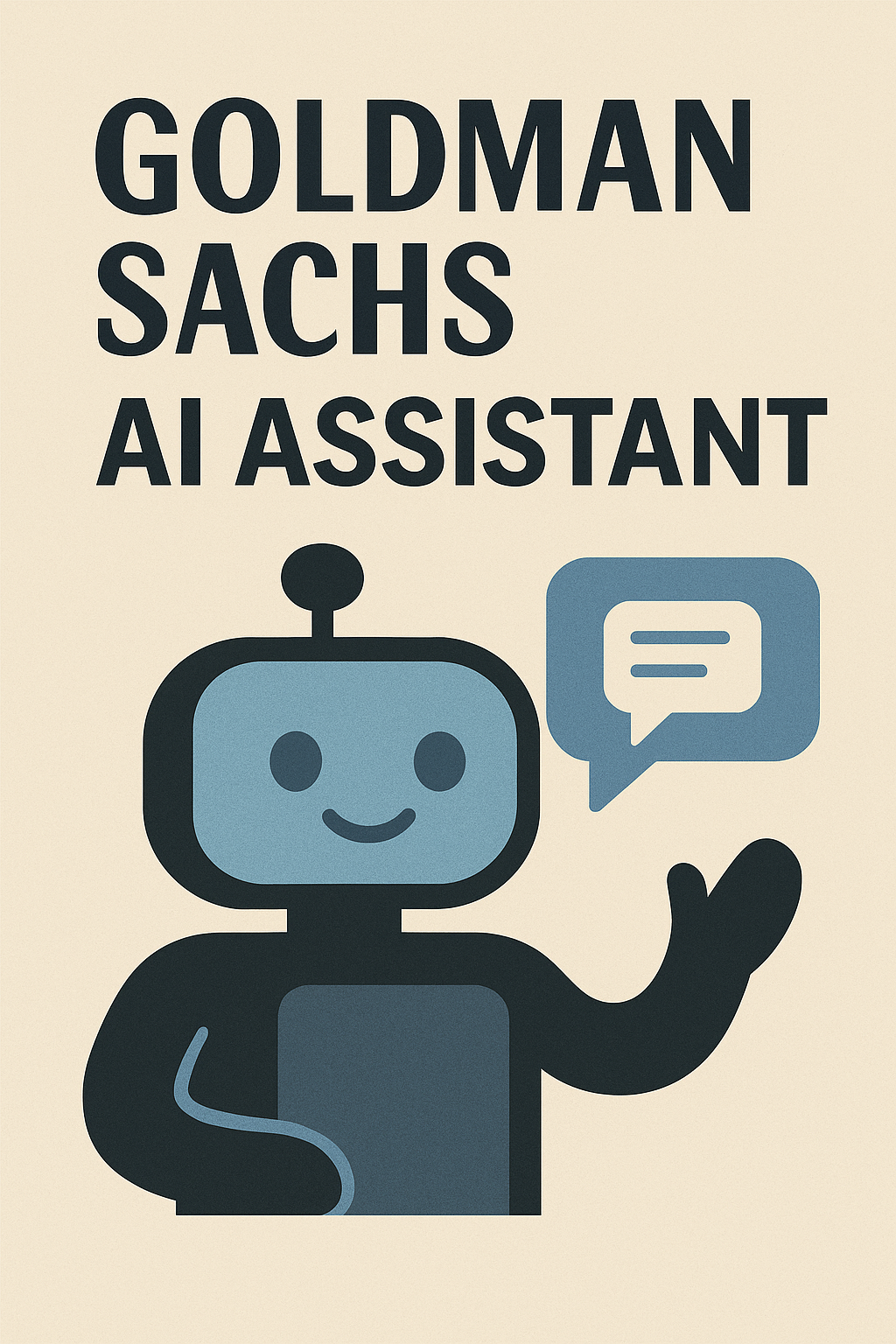On May 14, 2025, Google announced a significant shift in its search ecosystem by testing an AI-powered search feature directly on its homepage. This experimental “AI Mode” replaces the iconic “I’m Feeling Lucky” button, signaling a bold pivot toward a future where artificial intelligence drives how we interact with information online. Since the rise of ChatGPT in late 2022, Alphabet investors have been wary of losing market share in search—a core pillar of Google’s dominance. With this latest move, Google aims to stay ahead of the curve, blending its vast data resources with cutting-edge AI to redefine the search experience. In this 1000-word blog, we’ll explore the implications of Google’s AI Mode, its features, potential impact on users and advertisers, and the broader context of AI-driven search in 2025.
The Rise of AI Mode: A Response to Disruption
Google’s dominance in search has been unchallenged for decades, but the emergence of conversational AI tools like ChatGPT has shifted the landscape. These tools offer users a more interactive, conversational way to find information, often bypassing traditional search result pages. Posts on X from early March 2025 highlight the sentiment at the time of AI Mode’s initial rollout in Google Labs, with users noting it as “probably the biggest update Google Search has ever seen” due to its advanced reasoning and multimodal capabilities. By May 2025, Google has taken this experiment to its homepage, a move that underscores the urgency to adapt in a rapidly evolving tech landscape.
The decision to replace the “I’m Feeling Lucky” button—a nostalgic feature that takes users directly to the top search result—is symbolic. It reflects Google’s acknowledgment that the future of search lies in AI-driven interactions rather than static links. This aligns with broader industry trends, as competitors like Apple are reportedly exploring AI-powered search options for Safari, potentially threatening Google’s long-standing partnership as the default search engine on iPhones. Eddy Cue, Apple’s services chief, even stated in early May 2025 that AI services could eventually replace traditional search engines, a comment that saw Alphabet shares drop by 7%.
What is AI Mode, and How Does It Work?
AI Mode, first introduced as an experiment in Google Labs in March 2025, leverages the power of Google’s Gemini 2.0 models to provide a more dynamic search experience. Unlike traditional search, which delivers a list of links, AI Mode offers conversational, AI-generated summaries that eliminate the classic “10 blue links” format. By May 2025, Google has expanded access to this feature, making it available to all users in the U.S. and introducing new functionalities that enhance its utility.
When activated, AI Mode allows users to ask complex, multipart questions and follow up with additional queries, mimicking a natural conversation. For example, a user searching for “best mechanical keyboard 2025 under $100” might receive a curated list of keyboards with product cards on the side, complete with real-time prices, promotions, and links to purchase. This visual space, powered by Google’s Shopping Graph with over 45 billion product listings, makes the search process more intuitive and actionable. Similarly, searching for local restaurants or travel destinations now includes clickable images and location details, streamlining the user experience.
The feature also supports longer, open-ended questions, catering to “power users” who want deeper insights. A user might ask, “How do I plan a weekend trip to New York on a budget?” and AI Mode could provide a detailed itinerary, including affordable activities, dining options, and transportation tips, all while offering links to explore further. This capability reflects Google’s goal to make search more effortless, addressing a wide range of tasks from comparisons to how-tos.
Implications for Users: A Smarter, More Visual Search
For the average user, AI Mode promises a more efficient and visually engaging way to find information. The integration of multimodal capabilities—combining text, images, and potentially video—means users can interact with search results in ways that feel more natural. The ability to refine searches on the fly, such as narrowing down a keyboard search to a specific model or comparing multiple options, reduces the friction of sifting through endless links. This is particularly useful for mobile users, where the vertical, TikTok-style feed format popularized by platforms like Netflix (which introduced a similar feature in May 2025) is gaining traction.
However, this shift raises questions about the visibility of organic search results. As noted in posts on X, AI Mode’s conversational answers often replace traditional results entirely, which could impact smaller websites that rely on Google traffic. While Google claims its Shopping Graph and local business data ensure trusted, up-to-date information, users may find themselves funneled toward larger retailers or businesses with a stronger online presence, potentially sidelining smaller players.
Impact on Advertisers: A Double-Edged Sword
Google’s search engine is a cornerstone of its advertising business, which relies heavily on iPhone users thanks to its default status on Safari. With Apple exploring AI search alternatives and the potential loss of this exclusivity, advertisers are on edge. Analyst Gil Luria from D.A. Davidson noted that if viable AI search alternatives emerge, many advertisers might shift their budgets away from Google, which currently holds a near-90% market share in search advertising. AI Mode is Google’s attempt to retain these advertisers by offering a more engaging platform for product discovery and real-time promotions.
On one hand, AI Mode’s product cards and visual space provide advertisers with new opportunities to capture user attention. A keyboard manufacturer, for instance, can benefit from real-time price comparisons and promotional highlights directly within the search interface. On the other hand, the shift away from traditional search results could reduce the visibility of sponsored links, forcing advertisers to adapt to a new model where AI-driven recommendations take precedence. Google’s ability to balance these dynamics will be crucial in maintaining its ad revenue, especially as tariffs and trade uncertainties—like those highlighted in a May 2025 CNBC report on inflation—threaten to increase costs for businesses.
The Broader Context: AI Search in 2025
Google’s AI Mode rollout comes at a pivotal moment for the tech industry. The company has faced intense pressure since ChatGPT’s launch, with Alphabet CEO Sundar Pichai acknowledging the need to “move faster” in a December 2024 strategy meeting. Regulatory challenges also loom large, with the U.S. Department of Justice proposing remedies in May 2025 that could force Google to share search data or divest its Chrome browser unit following an antitrust ruling. Liz Reid, Google’s head of search, testified that implementing these remedies would require diverting 1,000 to 2,000 employees, roughly 20% of the search organization—a significant operational challenge.
Meanwhile, AI is transforming other sectors. Netflix’s revamped homepage, launched in May 2025, incorporates an OpenAI-powered search tool and a vertical video feed, reflecting a broader trend toward AI-driven user experiences. In healthcare, Google’s March 2025 updates to Search introduced features like “What People Suggest,” which uses AI to aggregate patient experiences for specific conditions, showing how AI can personalize and humanize search results.
Criticisms
Despite its promise, AI Mode isn’t without flaws. Some users, as seen in a MacRumors comment from May 2025, have expressed a desire to disable AI results in standard searches, indicating a preference for the traditional format. Others worry about the accuracy of AI-generated summaries, especially in sensitive areas like health or finance, where misinformation could have serious consequences. Google’s reliance on its vast data trove gives it an edge, but the company must ensure that AI Mode prioritizes quality over convenience.
Additionally, the competitive landscape remains fierce. Apple’s potential shift to AI search in Safari could disrupt Google’s user base, while OpenAI continues to innovate with tools like ChatGPT. Google’s decision to open its Gemini 2.0 models to everyone in February 2025 shows its commitment to staying ahead, but as Pichai noted, execution will be key in 2025.
Why AI Mode Matters
Google’s AI Mode on its homepage marks a turning point in the evolution of search. By prioritizing AI-driven, conversational interactions, Google is not just responding to competition but redefining how we access information. For users, it offers a smarter, more visual way to search, while for advertisers, it presents both opportunities and challenges in a shifting landscape. As AI continues to permeate industries from tech to healthcare, Google’s ability to innovate while navigating regulatory and competitive pressures will determine its success.
In a world where technology is increasingly scrutinized for its societal impact, AI Mode is a bold step forward. It reflects Google’s ambition to remain the best-in-class product, as Pichai emphasized, and its willingness to disrupt its own legacy to do so. Whether this gamble pays off will depend on how users and advertisers embrace this new era of search—and how Google addresses the inevitable challenges along the way.




